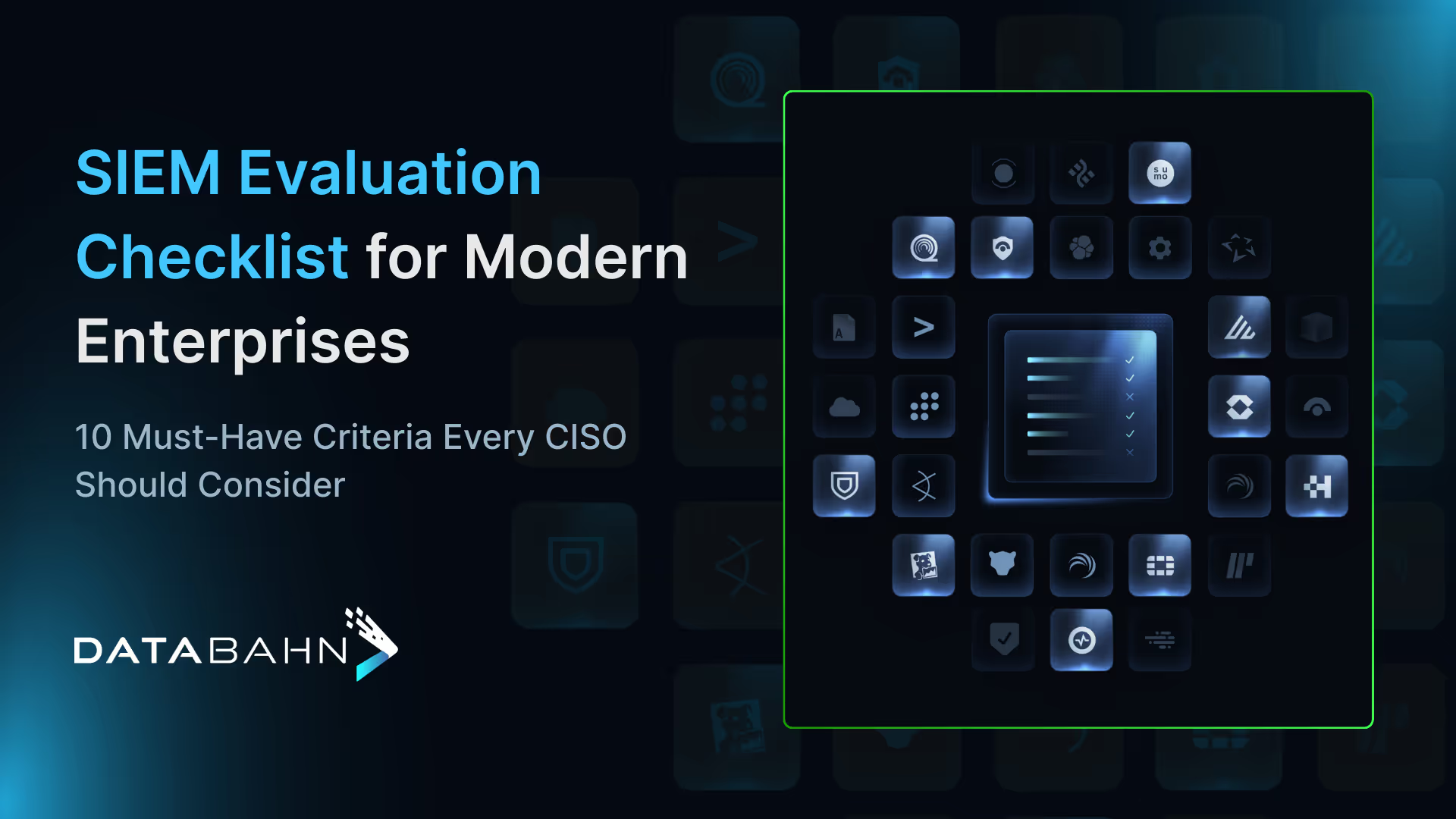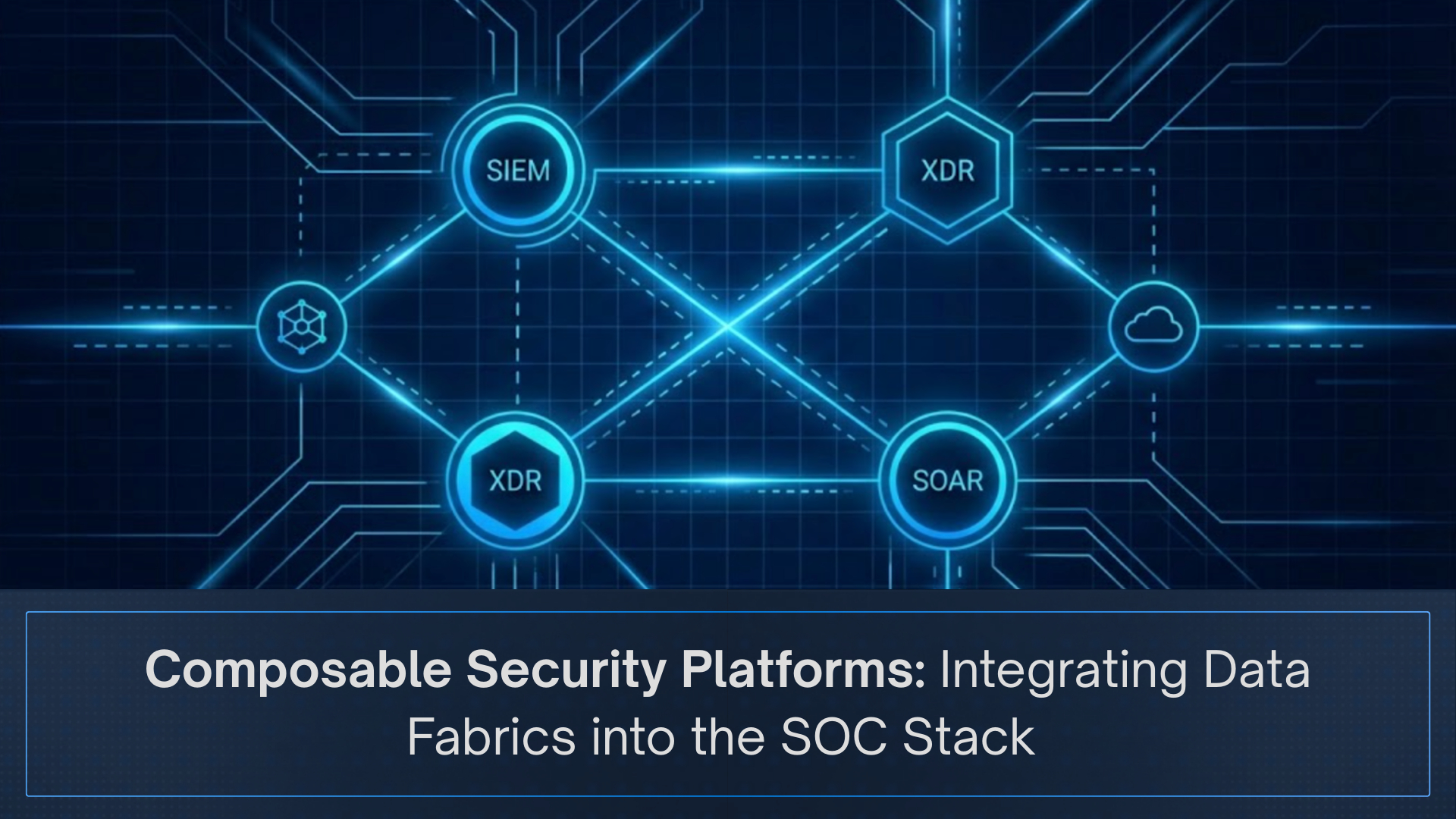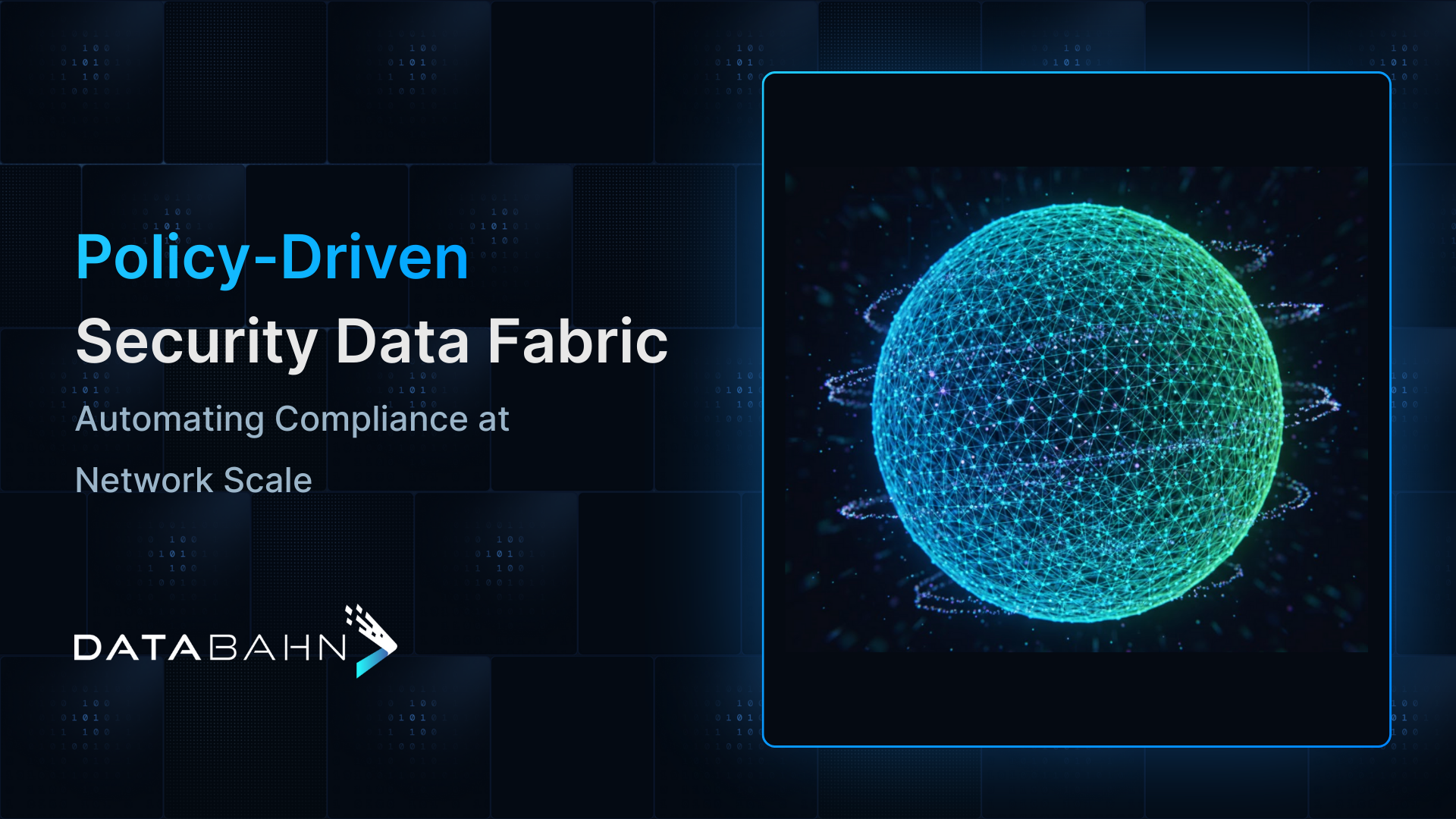Why SIEM Evaluation Shapes Migration Success
Choosing the right SIEM isn’t just about comparing features on a datasheet, it’s about proving the platform can handle your organization’s scale, data realities, and security priorities. As we noted in our SIEM Migration blog, evaluation is the critical precursor step. A SIEM migration can only be as successful as the evaluation that guides it.
Many teams struggle here. They test with narrow datasets, rely on vendor-led demos, or overlook integration challenges until late in the process. The result is a SIEM that looks strong in a proof-of-concept but falters in production, leading to costly rework and detection gaps.
To help avoid these traps, we’ve built a practical, CISO-ready SIEM Evaluation Checklist. It’s designed to give you a structured way to validate a SIEM’s fit before you commit, ensuring the platform you choose stands up to real-world demands.
Why SIEM Evaluations Fail and What It Costs You
For most security leaders, evaluating a SIEM feels deceptively straightforward. You run a proof-of-concept, push some data through, and check whether the detections fire. On paper, it looks like due diligence. In practice, it often leaves out the very conditions that determine whether the platform will hold up in production.
Most evaluation missteps trace back to the same few patterns. Understanding them is the first step to avoiding them.
- Limited, non-representative datasets
Testing only with a small or “clean” subset of logs hides ingest quirks, parser failures, and alert noise that show up at scale. - No predefined benchmarks
Without clear targets for detection rates, query latency, or ingest costs, it’s impossible to measure a SIEM fairly or defend the decision later. - Vendor-led demos instead of independent POCs
Demos showcase best-case scenarios and skip the messy realities of live integrations and noisy data — where risks usually hide. - Skipping integration and scalability tests
Breakage often appears when the SIEM connects with SOAR, ticketing, cloud telemetry, or concurrency-heavy queries, but many teams delay testing until migration is already underway.
Flawed evaluation means flawed migration. A weak choice at this stage multiplies complexity, cost, and operational risk down the line.
The SIEM Evaluation Checklist: 10 Must-Have Criteria
SIEM evaluation is one of the most important decisions your security team will make, and the way it’s run has lasting consequences. The goal is to gain enough confidence and clarity that the SIEM you choose can handle production workloads, integrate cleanly with your stack, and deliver measurable value. The checklist below highlights the criteria most CISOs and security leaders rely on when running a disciplined evaluation.
- Define objectives and risk profile
Start by clarifying what success looks like for your organization. Is it faster investigation times, stronger detection coverage, or reducing operating costs? Tie those goals to business and compliance risks so that evaluation criteria stay grounded in outcomes that matter.
- Test with realistic, representative data
Use diverse logs from across your environment, at production scale. Include messy, noisy data and consider synthetic logs to simulate edge cases without exposing sensitive records.
- Check data collection and normalization
Verify that the SIEM can handle logs from your most critical systems without custom development. Focus on parsing accuracy, normalization consistency, and whether enrichment happens automatically or requires heavy engineering effort.
Although, with DataBahn you can automate data parsing and transform data before it hits the SIEM.
- Assess detection and threat hunting
Re-run past incidents and inject test scenarios to confirm whether the SIEM detects them. Evaluate rule logic, correlation accuracy, and the speed of hunting workflows. Pay close attention to false positive and false negative rates.
- Evaluate UEBA capabilities
Many SIEMs now advertise UEBA, but maturity varies widely. Confirm whether behavior models adapt to your environment, surface useful anomalies, and support investigations instead of just creating more dashboards.
- Verify integration and operational fit
Check interoperability with your SOAR, case management, and cloud platforms. Assess how well it aligns with analyst workflows. A SIEM that creates friction for the team will never deliver its full potential.
- Measure scalability and performance
Test sustained ingestion rates and query latency under load. Run short bursts of high-volume data to see how the SIEM performs under pressure. Scalability failures discovered after go-live are among the costliest mistakes.
- Evaluate usability and manageability
Sit your analysts in front of the console and let them run searches, build dashboards, and manage cases. A tool that is intuitive for operators and predictable for administrators is far more likely to succeed in daily use.
- Model costs and total cost of ownership
Go beyond license pricing. Model ingest, storage, query, and scaling costs over time. Factor in engineering overhead and migration complexity. The most attractive quote up front can become the most expensive platform to operate later.
- Review vendor reliability and compliance support
Finally, evaluate the vendor itself. Look at their support model, product roadmap, and ability to meet compliance requirements like PCI DSS, HIPAA, or FedRAMP. A reliable partner matters as much as reliable technology.
Putting the Checklist into Action: POC and Scoring
The checklist gives you a structured way to evaluate a SIEM, but the real insight comes when you apply it in a proof of concept. A strong POC is time-boxed, fed with representative data, and designed to simulate the operational scenarios your SOC faces daily. That includes bringing in realistic log volumes, replaying past incidents, and integrating with existing workflows.
To make the outcomes actionable, score each SIEM against the checklist criteria. A simple weighted scoring model factoring in detection accuracy, integration fit, usability, scalability, and cost, turns the evaluation into measurable results that can be compared across vendors. This way, you move from opinion-driven choices to a clear, defensible decision supported by data.
Evaluating with Clarity, Migrating with Control
A successful SIEM strategy starts with disciplined evaluation. The right platform is only the right choice if it can handle your real-world data, scale with your operations, and deliver consistent detection coverage. That’s why using a structured checklist and a realistic POC isn’t just good practice — it’s essential.
With DataBahn in play, evaluation and migration become simpler. Our platform normalizes and routes telemetry before it ever reaches the SIEM, so you’re not limited by the parsing capacity or schema quirks of a particular tool. Sensitive data can be masked automatically, giving you the freedom to test and compare SIEMs safely without compliance risk.
The result: a stronger evaluation, a cleaner migration path, and a security team that stays firmly in control of its data strategy.
👉 Ready to put this into practice? Download the SIEM Evaluation Checklist for immediate use in your evaluation project.















.avif)

.avif)








